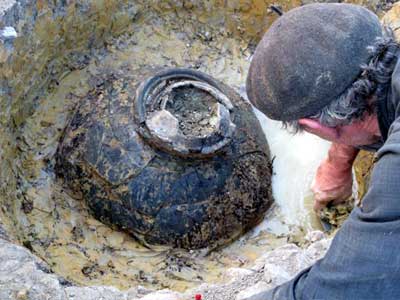
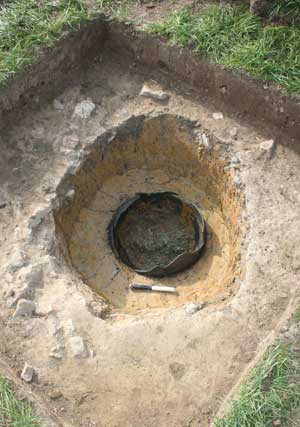
Here are some reasons many ancient coin types are not rare:
Here are photographs of the excavation of the "Frome Hoard" found in England in 2010 in the middle of nowhere (not a previously known archaeological site) by a metal detectorist.
A huge pot had 52,510 coins, which were removed layer by layer. Of course, the vast majority were duplicates and of no interest to museums which already have many examples, so they went on the market.
What were the coins like?
Here are some of the 52,510 late third century Frome Hoard Roman coins. Many show little wear and they clean up nicely. Newcomers may wonder how coins that are almost 2000 years old can be in such great shape. Well, two thousand years buried in a pot does nothing to wear down a coin!
You say they are common. What do you mean by "common"?
There are many tens of thousands of genuine ancient coins on the market as you read this. Coins of some Roman emperors are in substantial oversupply, so that there are far more coins than collectors, keeping the price of those coins down. Coins of some emperors are occasionally available by the hundreds at a time at major wholesaler's shows because people keep digging up large hoards of those coins. Those types of coins are available every week (almost every day!) on eBay. Some coins are outstanding, but many issues are so common in middle and low grades that dealers have more than they know what to do with. Low-grade Roman coins can be bought by the thousands. Some types are common in excellent condition. Such coins are priced low and serve as great ways to start the hobby of collecting. However, you would eventually find that some of the types you desire are scarce or rare -- and then they cost more, of course.
 Commemorating the foundation of a new capitol city, Constantinople, under Constantine the Great and named in his honor.
Commemorating the foundation of a new capitol city, Constantinople, under Constantine the Great and named in his honor.
18 mm. Struck AD 333-334.
CONSTANTINOPOLIS
"Constantine's city." [This is the obverse legend. You can see the suffix "POLIS" in English words referring to cities, such as metropolis.] The city is now the largest city in Turkey, named Istanbul. The obverse bust is not of Constantine, but of the city herself, personified as a helmeted warrior with a scepter (denoting power) over her shoulder.
The reverse shows Victory with her foot on a tiny ship's prow. It commemorates a naval battle which secured the site of the city for Constantine. This type has a fascinating story and is of historical importance, but you can buy one cheaply because many were minted and many are still available today. Palm branch in field left.
TRS in exergue, for the Trier mint, second officina (workshop). RIC Trier 563.
Some "common" types are actually very common. Here is proof.
The next image is of one "large lot" from a 2021 auction (Leu 18) with over 50 similar large lots of late Roman coins:

312 late Roman bronze coins (mostly 300-400 AD) offered as one lot because they are so common that they sell for too little to be worth a major dealer's time to identify them and sell them individually. (This lot sold for an average of about $5 each. If you want one identified in its own individual envelope, it would cost you much more because of the dealer's time and effort.) That auction had 50 (yes, 50!) similar lots! That auction also had about 5000 (yes, five thousand) coins offered as individual lots, and there are very many auctions each year.
Late Roman bronze coins are by far the most common coins. From earlier centuries there are many interesting types that are not common and would cost you much more. But, many attractive and interesting silver coins from the third century can be bought in very pleasing condition for $50 or less--sometimes much less.
The main page showed a Crusader coin. The Crusades are interesting, but are they interesting enough that you would buy a coin of a Crusader?
Take a look at the next photo to consider supply of coins of the Crusader Bohemund III, Prince of Antioch, 1163-1201.
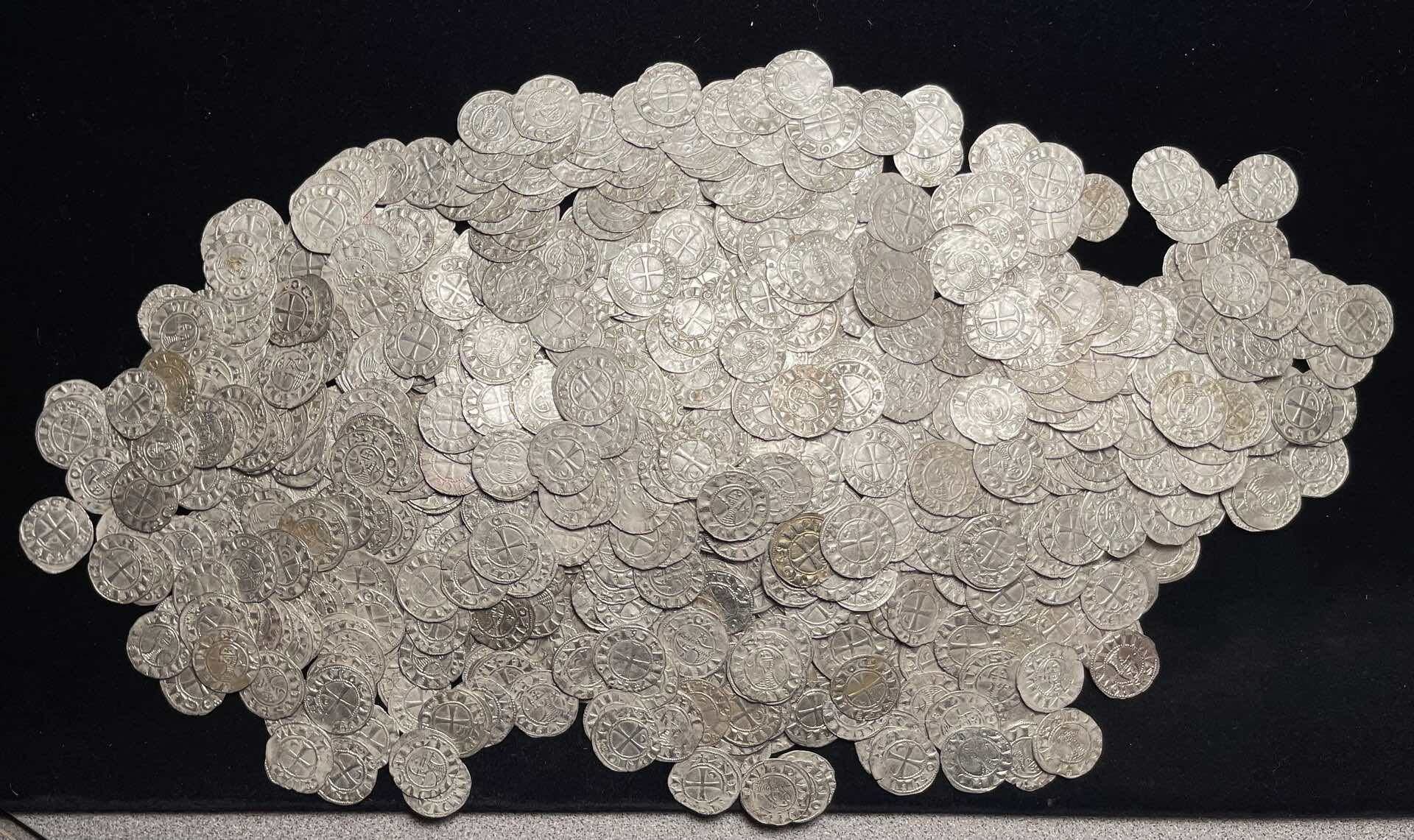
Hoards often consist of one type of coin. Now (2022) 1200 of these are coming to market. How would you find 1200 people to buy one? Considering they were not rare before, you can bet the price will be low. It will be a great time to buy a really interesting piece of history.
Byzantine coins. The 5-nummi denomination from the 6th century is small and not in high demand. Except for a few rarer types, it has been inexpensive. In 2022 quite a few began to appear in auctions, and then in November this single lot of 600 pieces appeared on eBay:

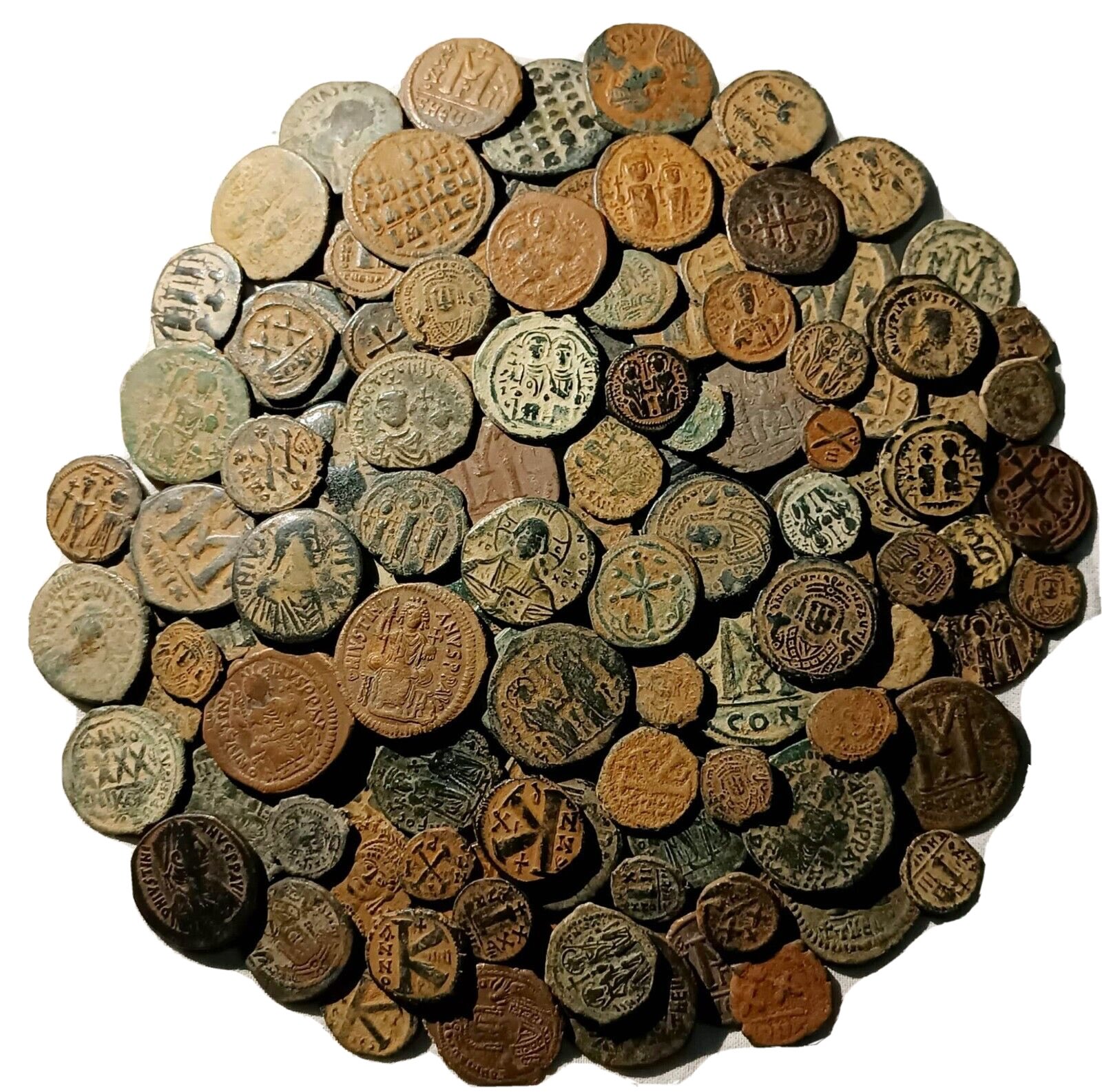
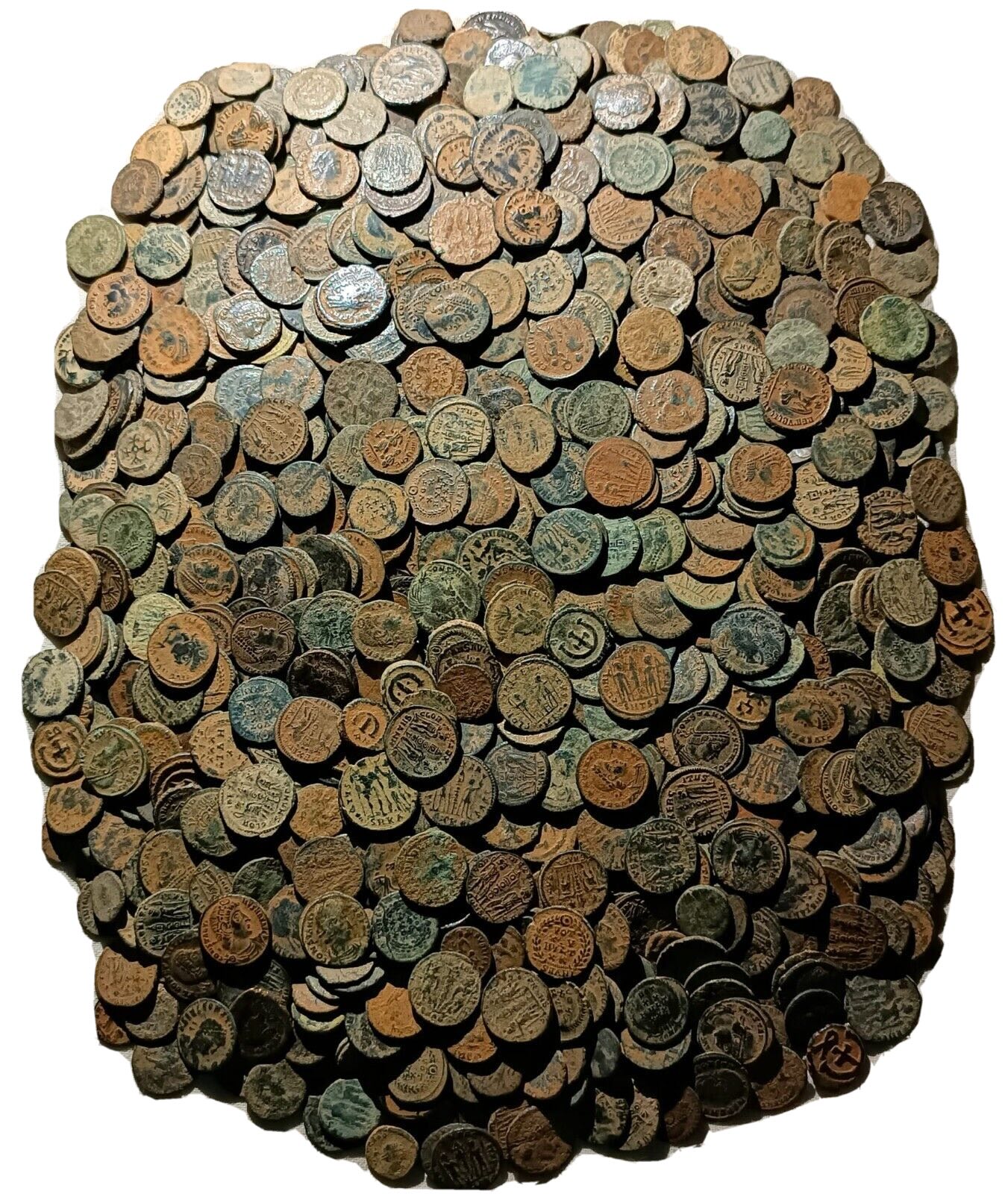

Return to the introductory page where the fact ancient coins are common is discussed.